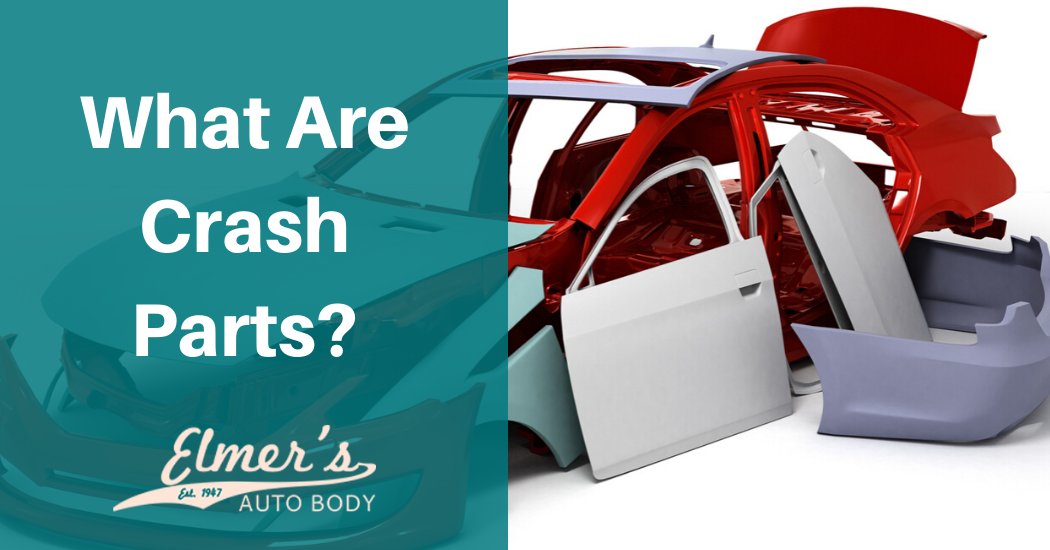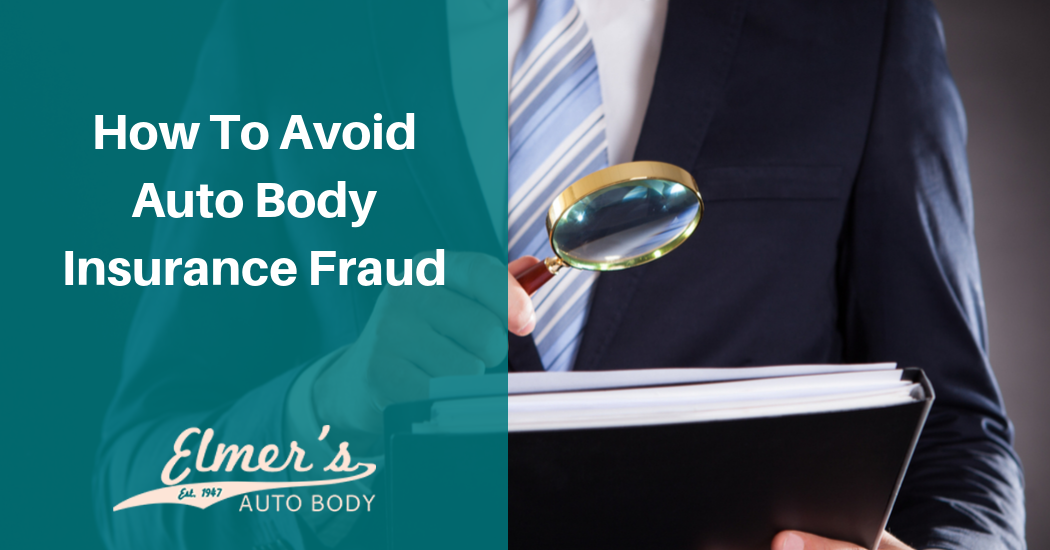Winter is just around the corner, and it’s time to start making preparations. Unless you are lucky enough to live in a place where it never snows, you will certainly need to take a few precautions to make sure that your vehicle can make it through the rough months ahead. In this article, we will go over five of the things that you really need to do (right now) in order to prepare your car for the winter.
1. Get An Engine Tune-Up
When it’s cold outside, the oil in your engine will become thicker. This isn’t a huge problem, but it does make it harder to start the car. At this point, any little problem in your engine or ignition system will make the situation worse. All of these problems might combine to create a situation where your vehicle won’t start at all.
A tune-up can include a lot of things, as it’s just a general term for preventative maintenance. The job might include replacement of filters, spark plugs, spark plug wires, replacement of the distributor cap and/or its internal rotor, oxygen sensors, or PCV valves. Talk to your mechanic and make sure that all of your vehicle’s needs are met.
2. Replace All Fluids And Filters
If you think about it, there are quite a few liquids that we put into our vehicles. There’s oil (which isn’t really a liquid but functions like one), transmission fluid, brake fluid, radiator coolant, power steering fluid, windshield washer fluid, and your vehicle may have others. That’s a lot of liquid that could possibly freeze. Even if these substances do not freeze in the winter (and many of them do not), they will still become thicker and less able to move through the system quickly.
All of those liquids that we put into our cars tend to break down over time. This is just a natural consequence of those liquids having done their job. So, before winter gets here, you should immediately do an oil change, and change all of your other fluids as well.
3. Buy Some Fuel De-Icer
Ideally, you should always buy premium gas that is free of fillers. However, most of us just can’t afford to do that. For the vast majority of the population, regular gas is the norm. That means that your car will end up burning more than just gasoline. As you probably know, gasoline does not freeze. However, some of the filler substances will thicken or freeze.
You can deal with this problem before it happens by stocking up on fuel de-icer, also known as gas-line antifreeze. It’s not hard to use, either. All you have to do is empty the bottle into your gas tank once a month. Of course, the instructions could vary somewhat, depending on what brand you buy. Either way, this stuff can go a long way toward keeping your vehicle functioning well in the snowy winter months.
4. See To Your Windshield And Heater
Have you ever noticed that car heaters tend to stop working right when you need them most? Those things always seem to break down right around the time when the weather is at its coldest. If you think about it, that makes a lot of sense. The heater will be working its hardest during the coldest months, and that makes it more likely to break down. You can deal with this issue by getting your heating system inspected and repaired before you actually need to use the thing. That way, your heater can go into the winter fresh and prepared to do its job.
We should also talk about your windshield. Ice on the windshield is probably the most annoying thing about winter driving. Unless you feel like getting real familiar with that scraper, we would advise that you also have your defrosting system inspected and repaired if necessary. It should be mentioned that heating/defrost systems are not that complicated. If you are technically inclined, you might want to do some DIY work.
5. Check For And Correct Any Electrical Issues
You may already know this, but car batteries just don’t work as well during the winter. If you want to know why this is, take a look at the label on a car battery some time. You will see two sets of numbers marked “CA” and “CCA.” That first one stands for “cranking amps,” and it’s a measure of how much power the battery can put out at one time.
The numbers marked “CCA” stand for “cold cranking amps.” You will notice that the CCA number is always lower than the CA number. This is all the proof we need to understand that car batteries don’t put out as much power when they’re cold. That’s why you need to make sure that your battery (and everything to which it is connected) is in good shape before the weather gets cold.
You can buy an electrical tester, but most auto parts stores will check your electrical system for free. Make sure they check the battery, alternator, starter, and ignition coils. If even one of these parts stops working, it can cause the whole system to malfunction.
Conclusion
Even in the modern age, the weather still presents us with certain problems that must be overcome. There are some other things that you can do to prepare yourself and your vehicle for the winter. However, it would be outside the scope of this article to go into the entire list. We would recommend that you do some further reading, and you will see that we have given you the five most important points. We thank you for reading this article, and we ask that you do us one more favor and fill out the contact form below. That will enable us to continue educating you about all kinds of useful topics like this.



